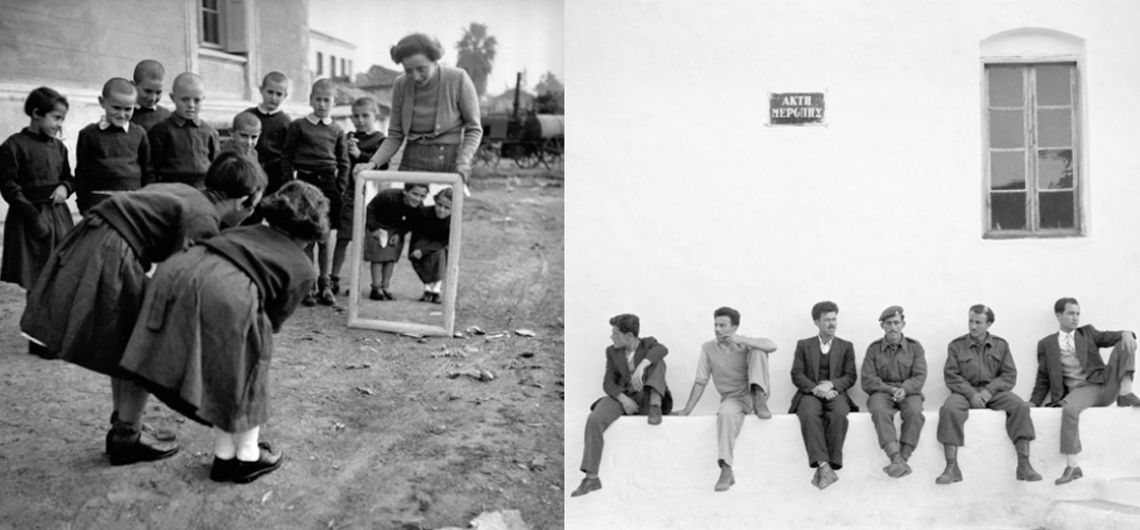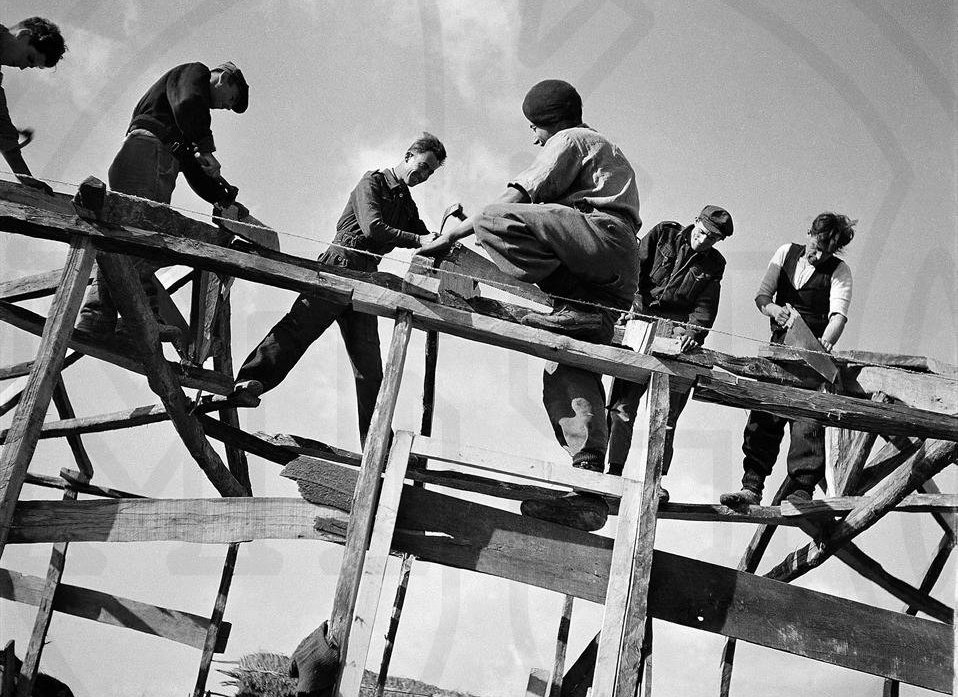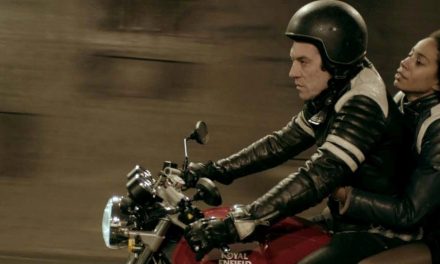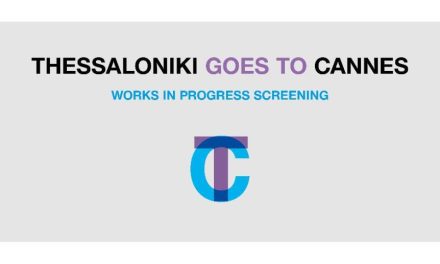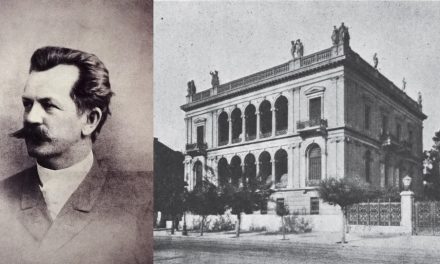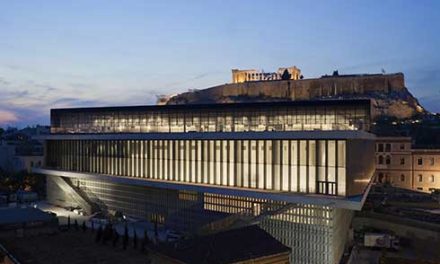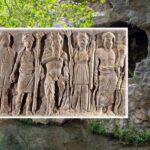A Thessaloniki Museum of Photography exhibition (Portrayals of History, Voula Papaioannou – Dimitris Harissiadis 1940 – 1960, open until 10.9.2017), curated by Alexandra Moschovi and Manolis Skoufias, presents Voula Papaioannou (1898-1990) and Dimitris Harissiadis (1911-1993) work from the Benaki Museum Photographic Archives.
The exhibition brings together the work of two photographers who, being active in the mid-twentieth century, systematically recorded Greece at a time of political transition, economic uncertainty and social hardship. Voula Papaioannou and Dimitris Harissiadis, almost self-taught in photography, came into age in the period between 1940 and 1960. Their photographic depiction of World War II and the country’s post-war reconstruction are prime examples of photographic modernism in Greece, as this was expressed in the emergence of “straight” (or “unadulterated” in Harissiadis’ words) photography and the development of a new kind of humanist social documentary, both of which became dominant directions in post-war Greek photography.
Both founding members of the Hellenic Photographic Society (est. 1952), the two photographers succeeded in developing a distinct outlook in their professional and creative practice without fully denouncing the society’s archaeological and folklore accents, or departing from its overarching conservatism. Their post-war professional activity consists essentially of assignments, primarily commissioned by international relief organisations and local state agencies. Their creative work, as showcased in publications and exhibitions of the period, focused primarily on insignia of Greekness: the national landscape, customs and traditions, life in the countryside, the Greek spirit.
The exhibition begins chronologically with photographs from the Albanian front, the Occupation and the Civil War. Papaioannou uses the dramaturgy of the “human document”, the social documentary genre that appeared in America in the 1930s, to express the tragic gaze of the mother saying goodbye to her enlisted son, the perseverance of those queuing at soup kitchens, the despair of the starving Athenians in the winter of 1941-42. From his early photographic evdeavours at the Albanian front, Harissiadis maintains an equally direct but more emotionally detached approach. The images depicting the activities of IKA Piraeus, for example, are reminiscent of nineteenth-century anthropometric photographs, exposing the famine victims naked without compositional or directorial sophistication.
Source: Reconstruction of a building. 1945-1946 Voula Papaioannou
The aesthetic turn in the approach of the two photographers becomes visible in the main body of the exhibition that concentrates on their interpretation of the country’s post-war reconstruction. Working for the United Nations Relief and Rehabilitation Administration (UNRRA), Papaioannou will record the organisation’s relief efforts, from the first shipments of supplies and the distribution of food and clothing in the cities and the provinces, to the training of the population in new technologies. At the same time, she captures the dramatic dimension of the Civil War and the difficult living conditions in the Greek countryside: burned villages and bombed infrastructure, mourning women dressed in black and children in tatters studying al fresco.
On the contrary, commissioned by the Ministry of Reconstruction and international missions acting in Greece, the photographs of the newly established photo agency “D. A. Harissiadis” paint the picture of a country that is being reborn from its ashes: industrial buildings dominate the landscape and contented workers handle state-of-the-art machinery in the new factories. The professional assignments of the two photographers imposed a set working framework that dictated not only the visual interpretation of the events, but also the very act of photographing, shifting the emphasis from the “unadulterated” photograph to the orchestrated picture.
Yet, while working on the abovementioned assignments, the photographers produced a significant body of creative work. Papaioannou’s albums Hellas (1949), La Grèce à ciel ouvert (1952) and Iles Grecques (1956) combine the photographic depiction of ancient and medieval heritage with views of post-war Greece which the photographer recorded during her tour of the provinces. Alongside his professional missions up and down the country and following the euphoric Zeitgeist expressed in postwar humanitarian photography, Harissiadis captured in virtuoso black-and-white photographs a romantic pre-industrial image of the country in the bucolic landscapes, local architecture and traditional occupations.
The relationships that inevitably appear with the juxtaposition of the photographs in this exhibition highlight not only the different interpretations of history but also the morphological and ontological elements that made up the modernist canon in mid-twentieth century Greek photography. Although the concepts of photographic realism, idealisation and veracity are perceived differently today, the way in which the two photographers portrayed the crisis and the reconstruction may provide a useful point for reflection for contemporary Greek photography.
Read more: Camera Graeca: Photographs, Narratives, Materialities; Aspects of Hellenic Photography: Currents of Classical Creation
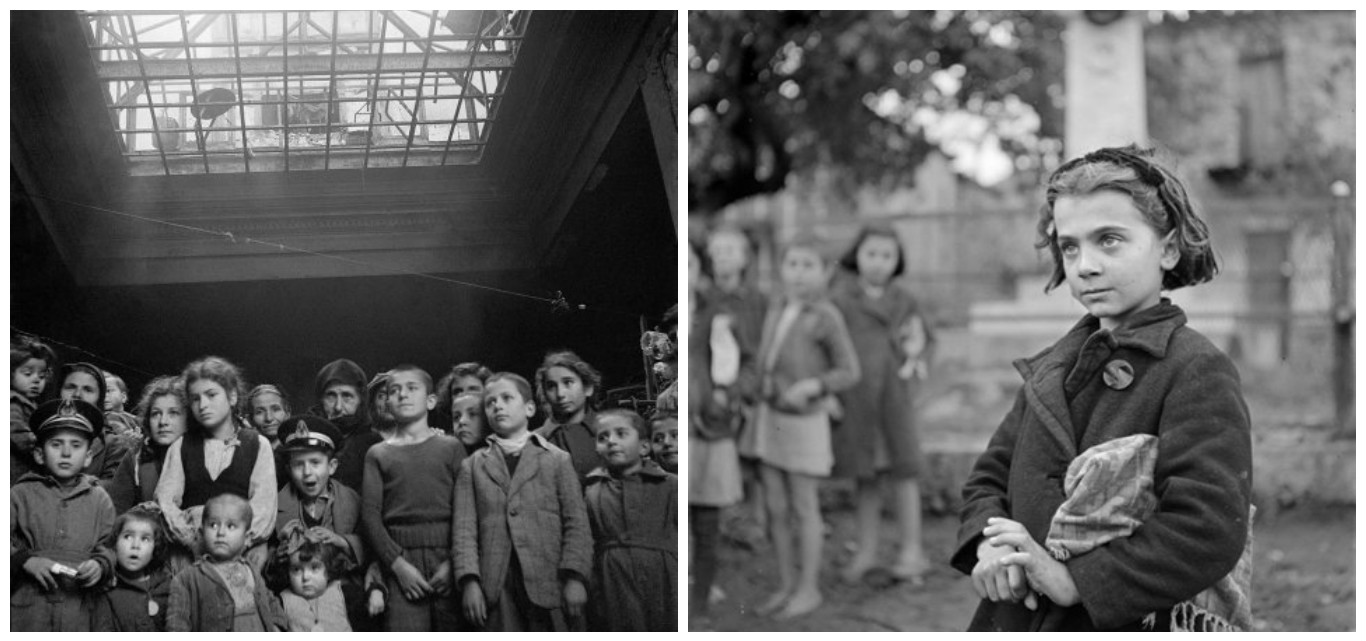
Source: Displaced people from the Civil War in temporary lodgings. Epirus, 1947-1948 Voula Papaioannou; Portrait of a girl. Distomo, 1945 Voula Papaioannou
N.N.

